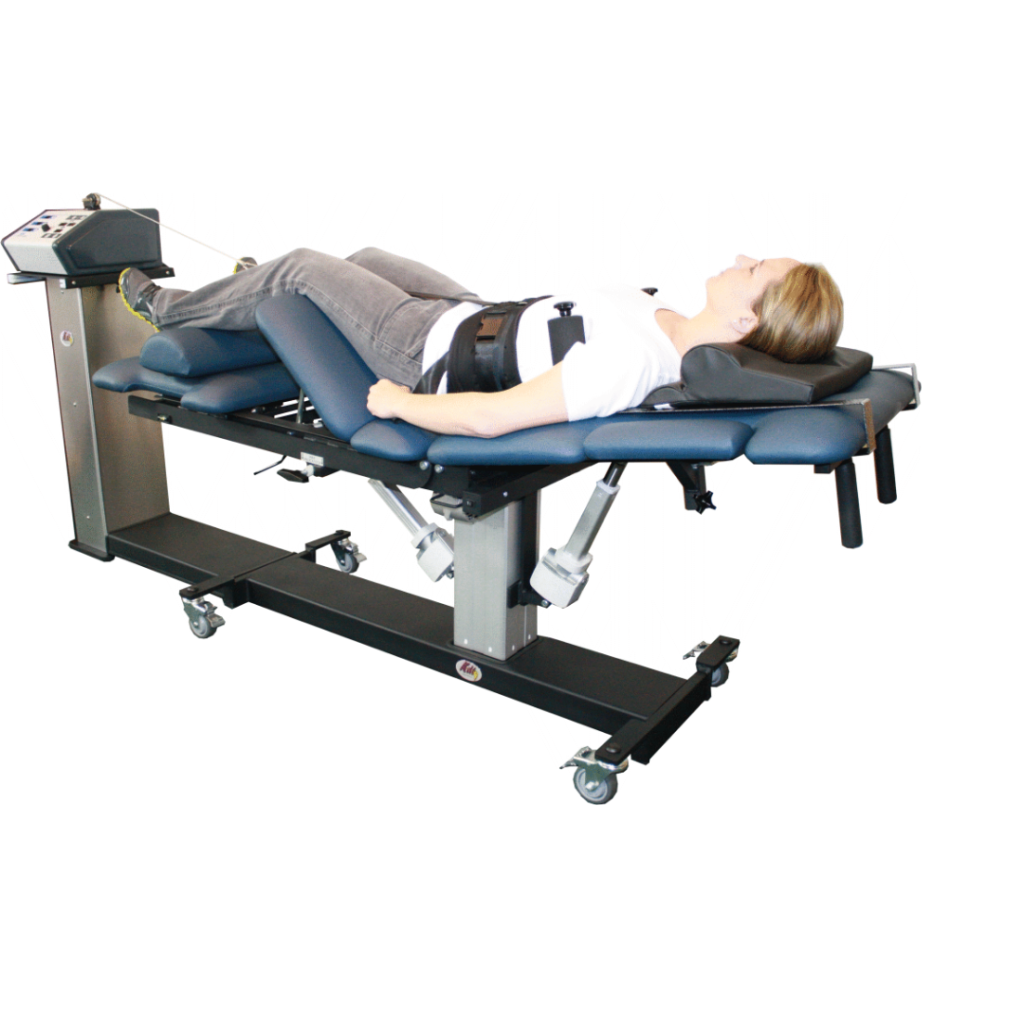Subsystems of the Human Spine
Implications for Diagnosis of Non-Specific Spine Pain

When it comes to the diagnosis and management of spine pain, there are two main categories to consider. These divisions are related to the potential source of pain.
The first category is related to anatomical sources such as tumor, fracture or herniated intervertebral disc.
The second is a functional source of pain which is often termed “Non-Specific,” “Biomechanical” or “Mechanical.”
What the second division refers to is the inability to objectively demonstrate a specific anatomical cause of the patient’s pain, on MRI for example.
It is accepted knowledge in the laboratory model of spinal biomechanics [1992], that the spine is a functional organ that compensates based on its physical interaction with the environment. This idea, however, has yet to make inroads in the clinical environment.
This report will outline the three basic subsystems of the human spine and re-introduce the idea that functional spine pain is a reality and it can be predicted, diagnosed and properly managed.
Panjabi [1992] stated in his paper, The Stabilizing System of the Spine. Part I. Function, Dysfunction, Adaptation, and Enhancement, “Presented here is the conceptual basis for the assertion that the spinal stabilizing system consists of three subsystems. The vertebrae, discs, and ligaments constitute the passive subsystem. All muscles and tendons surrounding the spinal column that can apply forces to the spinal column constitute the active subsystem. The nerves and central nervous system comprise the neural subsystem, which determines the requirements for spinal stability by monitoring the various transducer signals and directs the active subsystem to provide the needed stability.” [pg 383]
He continues by stating:
“A dysfunction of a component of any one of the subsystems may lead to one or more of the following three possibilities: (a) an immediate response from other subsystems to successfully compensate, (b) a long-term adaptation response of one or more subsystems, and (c) an injury to one or more components of any subsystem.” [pg 383]
So, when it comes to the diagnosis and management of biomechanical spine pain, functional considerations are well established in the laboratory. But, it is clear we need a better transition of this information to the clinical environment.
Chiropractic care centers itself on this very concept and is an integral component of spine care in today’s clinical environment.
Panjabi, M. M. (1992). The stabilizing system of the spine. Part I. Function, dysfunction, adaptation, and enhancement. Journal of spinal disorders & techniques, 5(4), 383-389.

$60 Massage Special
Relieve tension with a wellness massage at Advanced Sports Chiropractic and Massage. Call to schedule your appointment at our special promotional price of $60. Just mention this ad when calling. Valid on self-pay massages through January 30, 2020.



